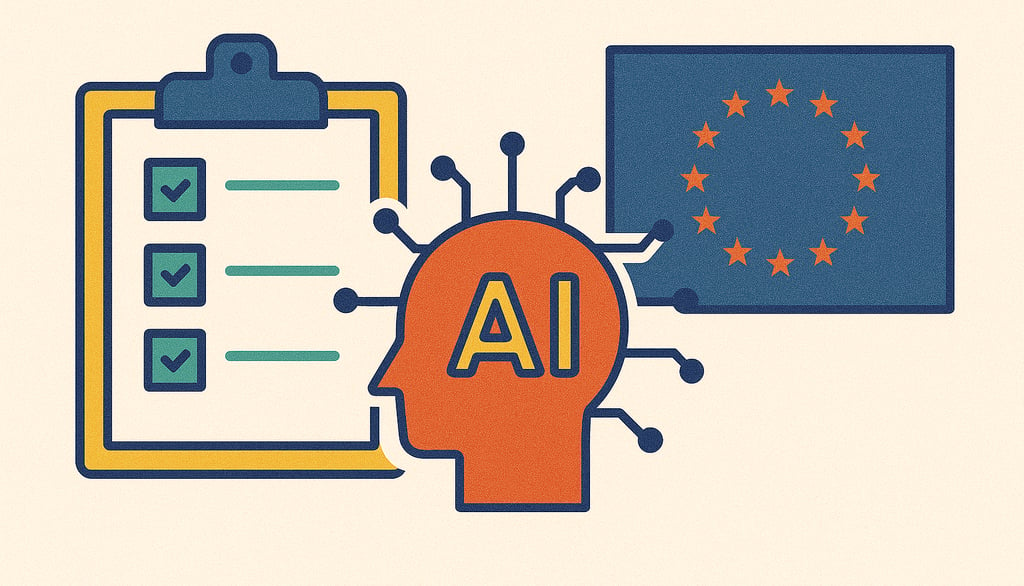Understanding the EU AI Act: Is Your Company Prepared?
8/7/20252 min read


Introduction to the EU AI Act
The recent introduction of the EU AI Act marks a pivotal moment in the governance of artificial intelligence systems within the European Union. This comprehensive regulation aims to promote safe and ethical AI practices while ensuring that businesses can leverage technological advancements responsibly. As companies navigate these new requirements, it is crucial to understand the main provisions of the Act and implement proactive measures to ensure compliance.
Key Compliance Requirements
One of the primary objectives of the EU AI Act is to establish a framework that categorizes AI systems based on their potential risks. The legislation categorizes AI applications into four distinct tiers: minimal risk, limited risk, high risk, and unacceptable risk. This stratification is essential for companies aiming to align their AI implementations with the regulatory expectations outlined in the Act. High-risk AI systems, for instance, must comply with stricter governance and reporting standards compared to lower-risk systems.
To facilitate a smooth transition into compliance, it is advisable for organizations to conduct thorough assessments of their current AI technologies. Understanding the risk classification of these systems will aid in determining the specific obligations that need to be fulfilled. Moreover, adopting a dynamic compliance strategy tailored to the nuances of the EU AI Act will be beneficial in managing any legal obligations that arise.
Steps Towards Dynamic Compliance
To effectively respond to the requirements set forth by the EU AI Act, companies should consider incorporating dynamic compliance services into their operations. These services offer real-time monitoring and auditing of AI systems to ensure adherence to the evolving regulatory landscape. By employing these solutions, organizations can not only mitigate risks associated with potential non-compliance but also foster a culture of accountability within their teams.
It is imperative for businesses to actively engage with experts in AI regulation, possibly seeking consultation services specialized in compliance issues. This proactive approach will aid in establishing robust protocols that are adaptable to continuous developments in legislation. In addition to operational compliance, companies must emphasize transparency when deploying AI systems, inviting scrutiny and fostering trust among stakeholders.
Conclusion
As the EU AI Act comes into effect, it is clear that the future of artificial intelligence in business hinges upon effective compliance strategies. Companies are encouraged to take proactive steps, such as leveraging dynamic compliance services, to ensure readiness for the changes ahead. The successful navigation of these regulations will not only protect organizations from potential penalties but also enhance their reputational standing in an increasingly AI-driven marketplace.
Connect:
(571) 306-0036
© 2025. All rights reserved.
